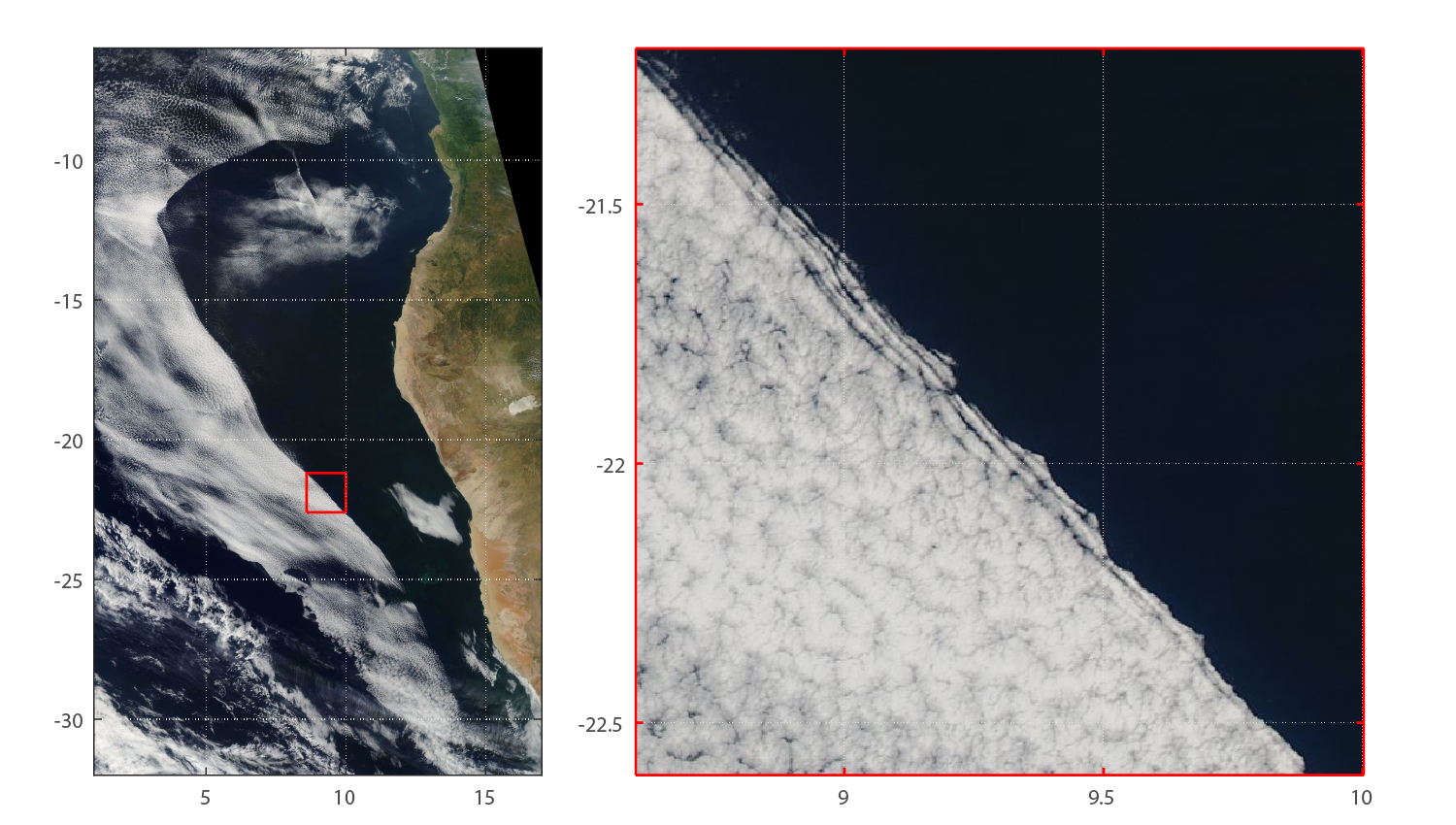
Wave movement may reduce cloud cover over the Atlantic Ocean
A team of scientists has been investigating the behavior of low-lying marine clouds over the southeast Atlantic Ocean. The experts have observed a large clearing in cloud coverage off the coast of subtropical Africa, which they believe is being caused by a type of wave mechanism and not just by the wind.
Study co-author David Mechem is an associate professor of Geography and Atmospheric Science at the University of Kansas.
“Low clouds are important because they help cool the climate,” said Professor Mechem. “These are huge sheets of white clouds that reflect sunlight back to space. When we try to do climate predictions for 50 years in the future, it’s important to get these clouds right.”
The team, which also included lead author Sandra Yuter and colleagues from North Carolina State University, has been collaborating on research for the past few years.
The focus of the study recently shifted to solving the mystery of reduced cloud cover in the southeast Atlantic. Due to a lack of observations across this region, the analysis was based primarily on satellite data.
“This is what we stumbled into – dramatic clearing events,” said Professor Mechem. “We fixated on this because of its potential importance for climate models to represent this feature.”
“What we think is going on is that the air flow from land to ocean overnight is triggering atmospheric waves that then move west.”
During the day, the land along the southwest African coast heats up faster than the ocean, which causes wind to blow off the ocean toward land. When the land cools down at night, the wind blows back toward the ocean.
The researchers compared the wave movement to floating on a raft in the ocean far away from the shore, where you would bob up and down as the waves roll by.
“Air comes off the continent, interacts with the air over the ocean, and excites these waves, which move through the cloud field, promoting mixing and enhanced cloud evaporation,” said Professor Mechem.
Identifying the behavior across these low-lying marine clouds is important for the development of accurate climate models.
“We have to know how they will respond to a warming climate,” said Professor Metchum. “Will you have more or fewer? This itself is just a natural event, but we’ll be trying to go back and see if there’s any trend in the number of these events.”
The study is published in the journal Science.
—
By Chrissy Sexton, Earth.com Staff Writer
Image: Example of a westward-moving cloudiness transition in the southeast Atlantic off the coast of Africa. (left) regional view and (right)showing detail of the sharp edge of the transition boundary.
Image Credit: NASA Worldview












